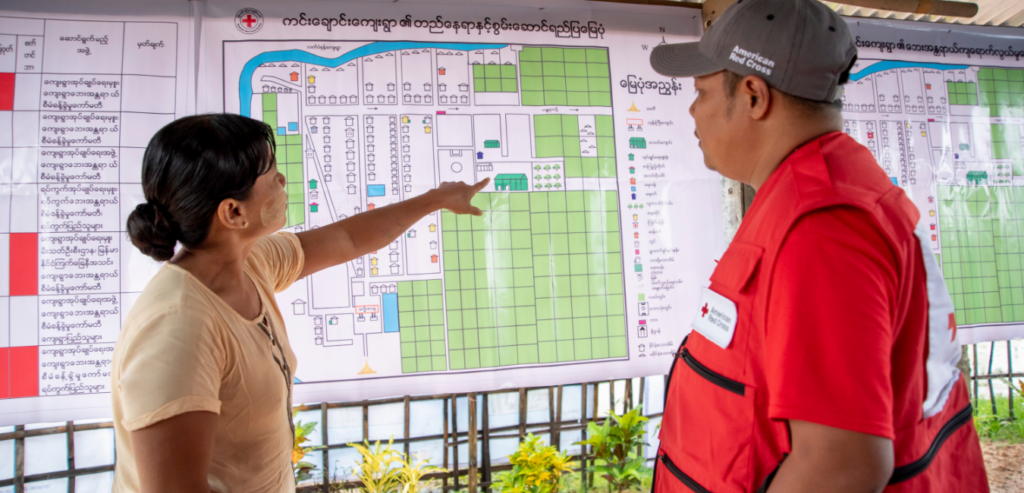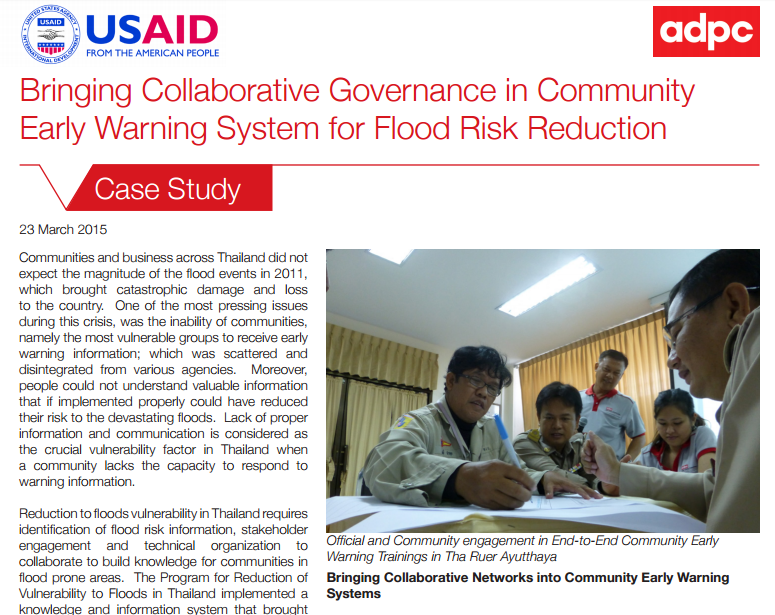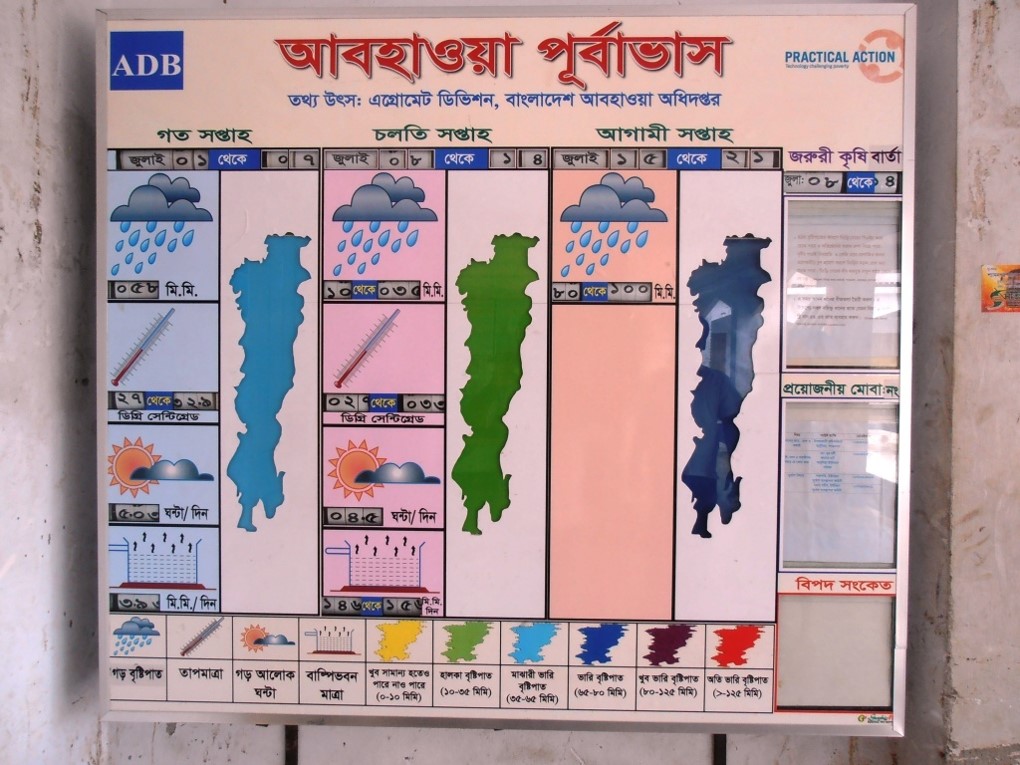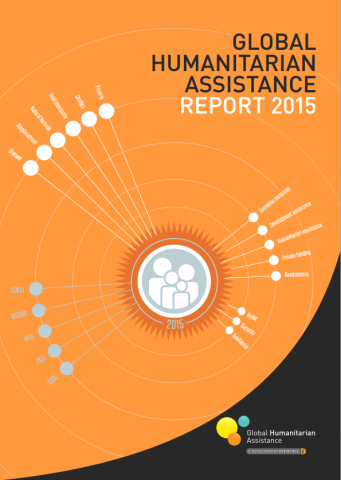What Makes A Community Disaster Ready? A Meta-Evaluation.
0Reports Reviewed 0Organizations Covered Over the course of 2019-2020, the American Red Cross commissioned a meta‑evaluation to explore what makes a community disaster-ready. This meta-evaluation examines 24 program or project evaluations, half of which were of American Red Cross community disaster preparedness programs, and half of the programs implemented by external actors. The aim of […]
What Makes A Community Disaster Ready? A Meta-Evaluation. Read More »






